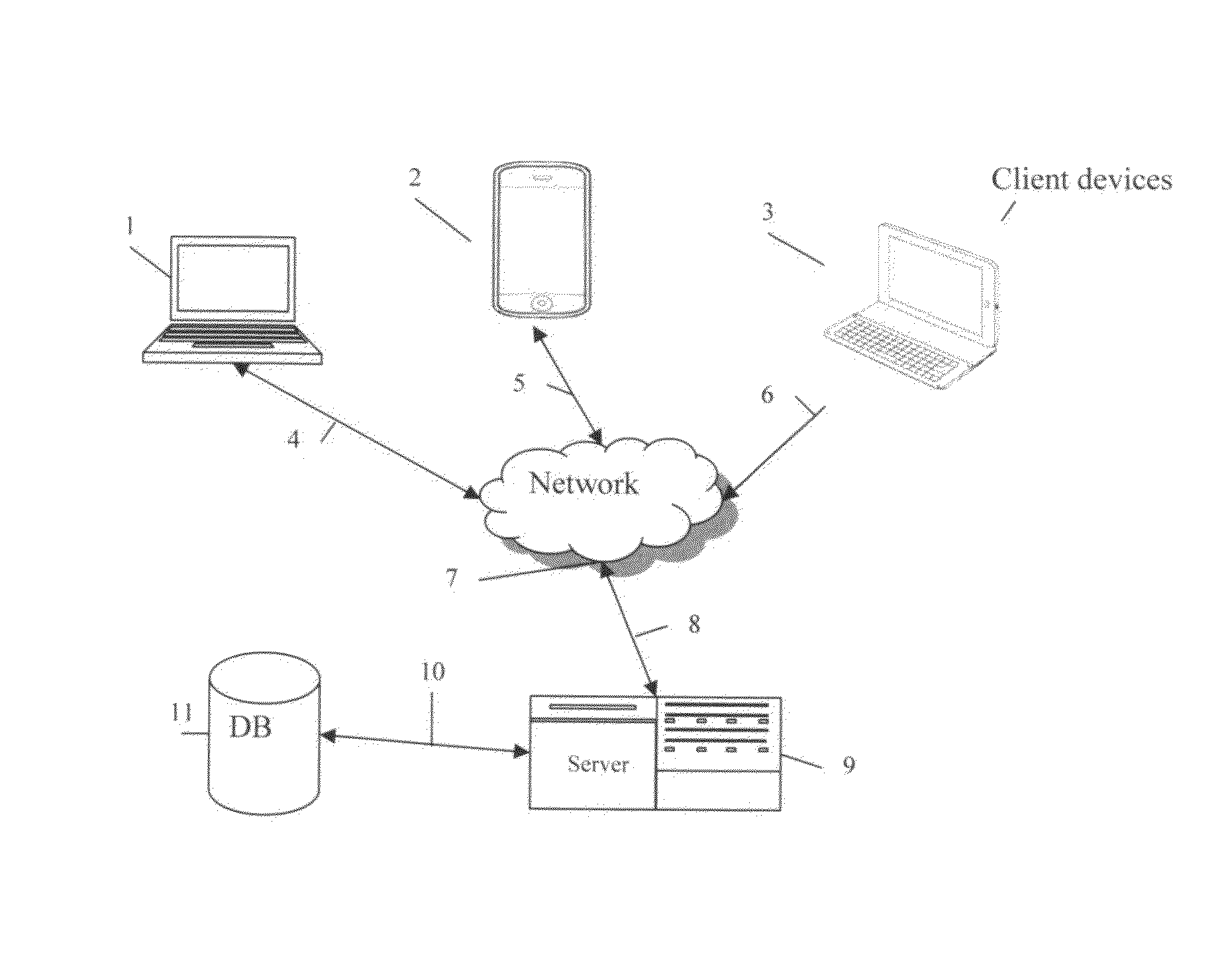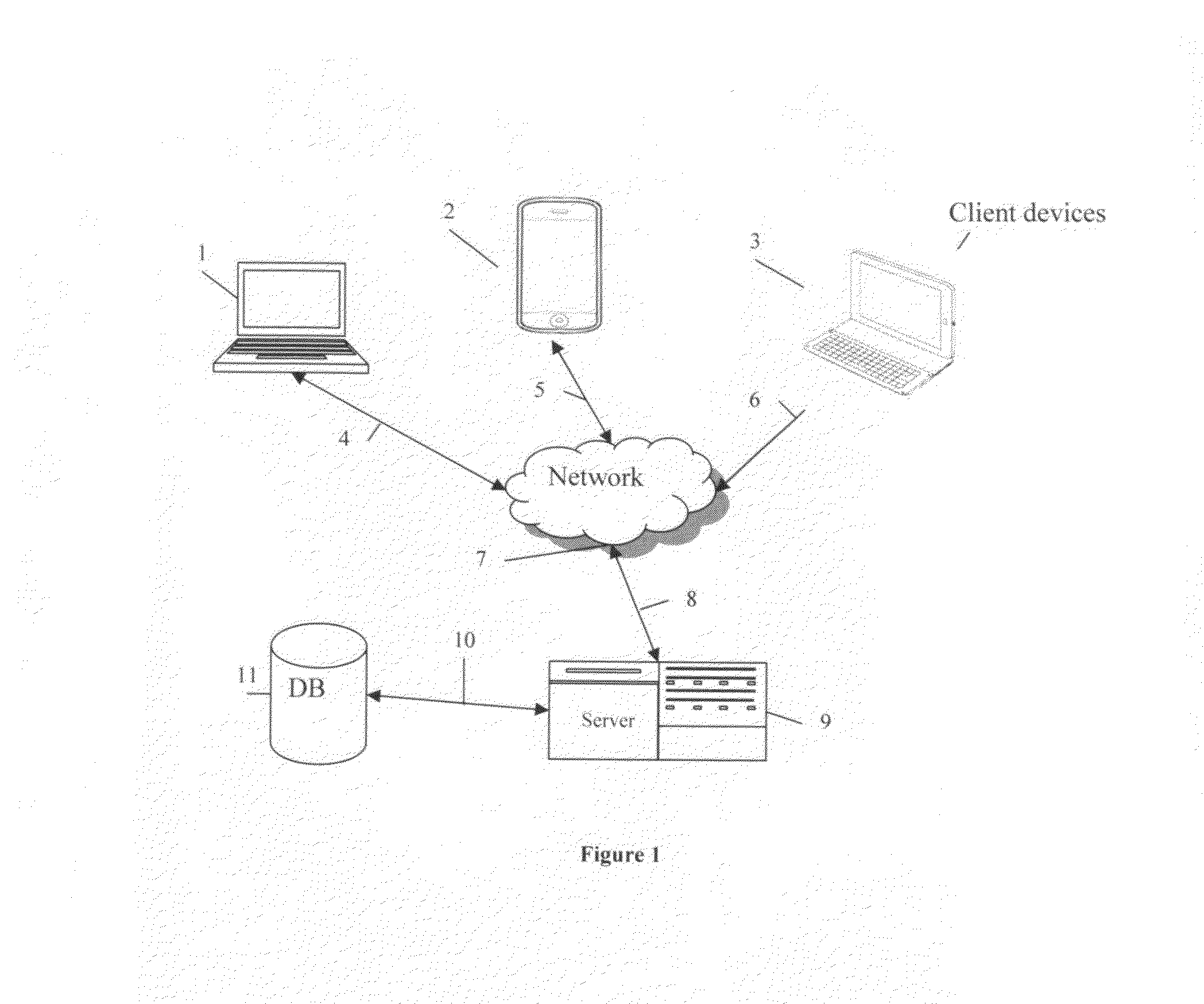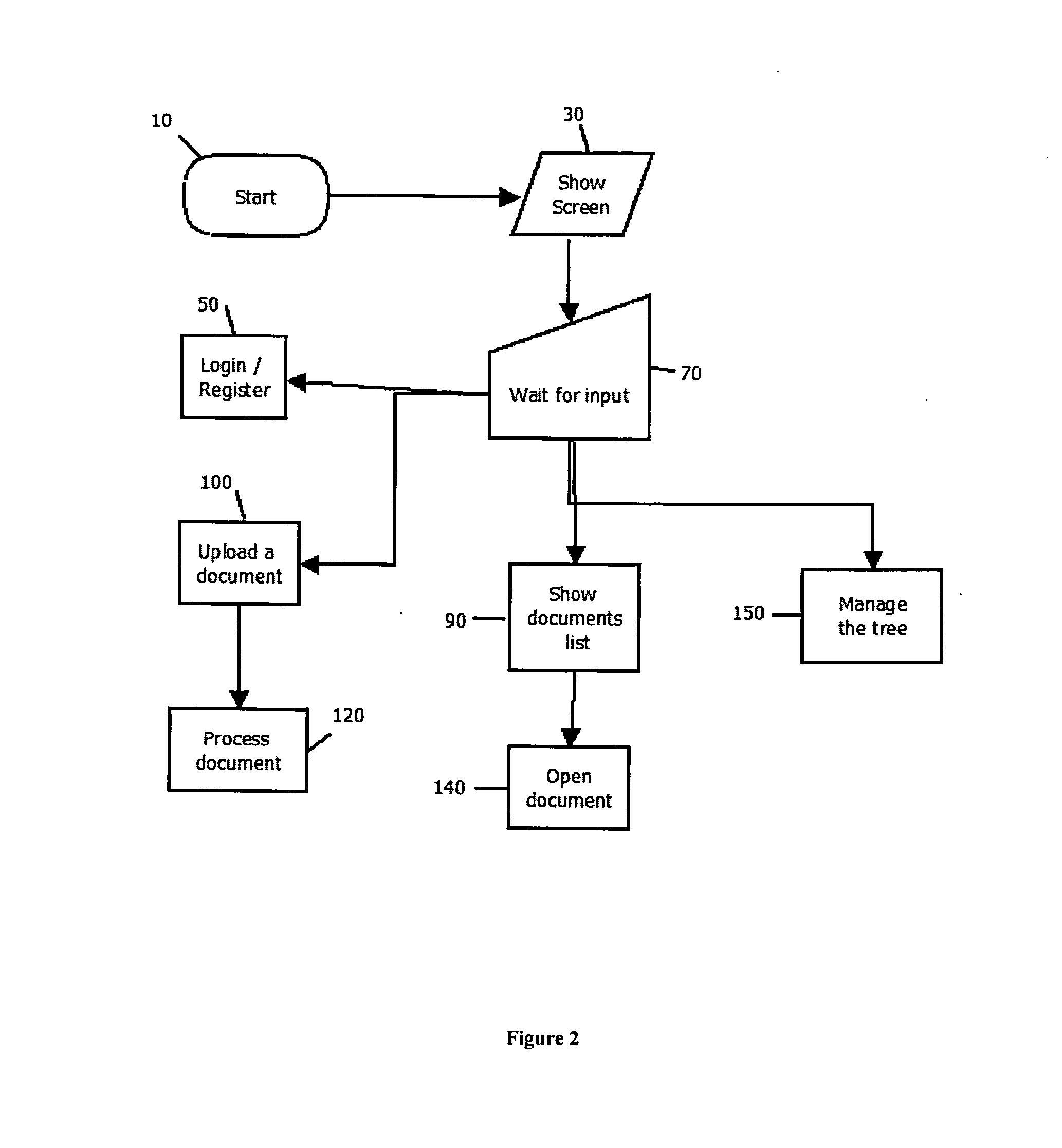System and method for collaborative structuring of portions of entities over computer network
a technology of a computer network and a structurer, applied in the field of collaborative structuring of entities over a computer network, can solve the problems of difficult classification of data according to taxonomy, difficult to match direct “boolean” query terms, time-consuming and error-prone, etc., and achieves less weight to sub-nodes and a greater effect on authority
- Summary
- Abstract
- Description
- Claims
- Application Information
AI Technical Summary
Benefits of technology
Problems solved by technology
Method used
Image
Examples
Embodiment Construction
[0113]The following detailed description of the invention refers to the accompanying drawing and to certain preferred embodiments, but the detailed description does not limit the invention, which could be implemented in several ways.
[0114]As illustrated in the discussion below, the present embodiments include a system and method for providing users with a collaborative environment, in which it would be easy to retrieve paragraphs in documents which are of interest to users; in which it would be easy, rewarding and controlled to add new documents and to allow oneself and other users to categorize and tag them.
[0115]The present embodiments avoid the disadvantage of prior arts by combining altogether a modifiable taxonomy, a document uploading function, a document marking (text selection) function, a function to associate marked-text(s) with taxonomy node(s), a history log and a voting system tailored to the goal. Thus, knowledge in documents, which was previously inaccessible just bec...
PUM
 Login to View More
Login to View More Abstract
Description
Claims
Application Information
 Login to View More
Login to View More - R&D
- Intellectual Property
- Life Sciences
- Materials
- Tech Scout
- Unparalleled Data Quality
- Higher Quality Content
- 60% Fewer Hallucinations
Browse by: Latest US Patents, China's latest patents, Technical Efficacy Thesaurus, Application Domain, Technology Topic, Popular Technical Reports.
© 2025 PatSnap. All rights reserved.Legal|Privacy policy|Modern Slavery Act Transparency Statement|Sitemap|About US| Contact US: help@patsnap.com



